By: Andrea Cipriano, MAFP
It took over two decades to find the identity of the monster who haunted the Pacific Northwest.
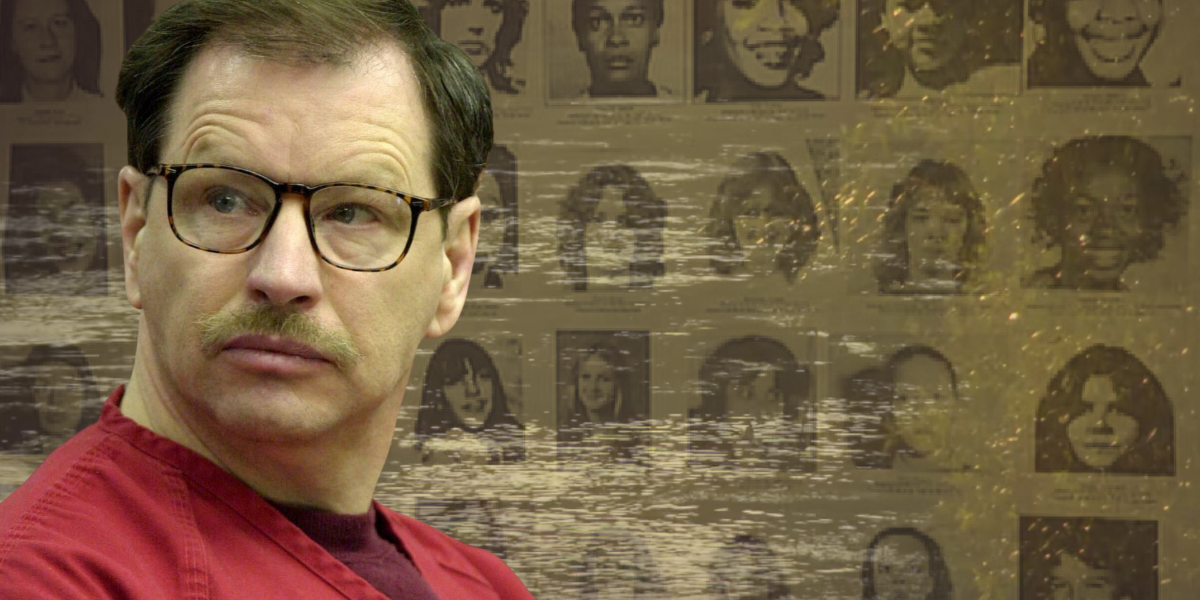
In 1982, Detective Dave Reichert’s life was about to change forever — but he had no idea until he pulled up along a riverbank.
Det. Reichert was responding to a call where a meatpacking plant employee had walked along the bank to have a cigarette, and as he looked out over the river, he saw a body.
A few days later, while the team was still searching the riverbank, they discovered two more bodies just upstream.
Det. Reichert told A&E’s Cold Case Files what it was like to be there that August morning:
Marcia Chapman
“Marcia Chapman was on her back, and she had large boulders on her highs, upper shoulder, but one arm was free. Aad then I remember her one hand just kind of waving as the current passed over her body, and the river moved on downstream. And to me, it was almost as if she were saying ‘Here I am! Help me!’ Of course, it was too late.
This was the deadly work of the Green River Killer.
Most of his victims were young, vulnerable, and overlooked by society. Many were sex workers, walking along the same 3-4 mile area called the Pacific Highway strip — or simply “the strip.” Driving along at any given night, detectives said they would count over 100 sex workers.
But, since these women were often working alone, they weren’t being reported missing. Because of this, the police department didn’t know they had a serial killer on their hands until many people had lost their lives — and their bodies were discovered in the same woods or along the same river.
Over the next two years, 10 more victims were discovered.
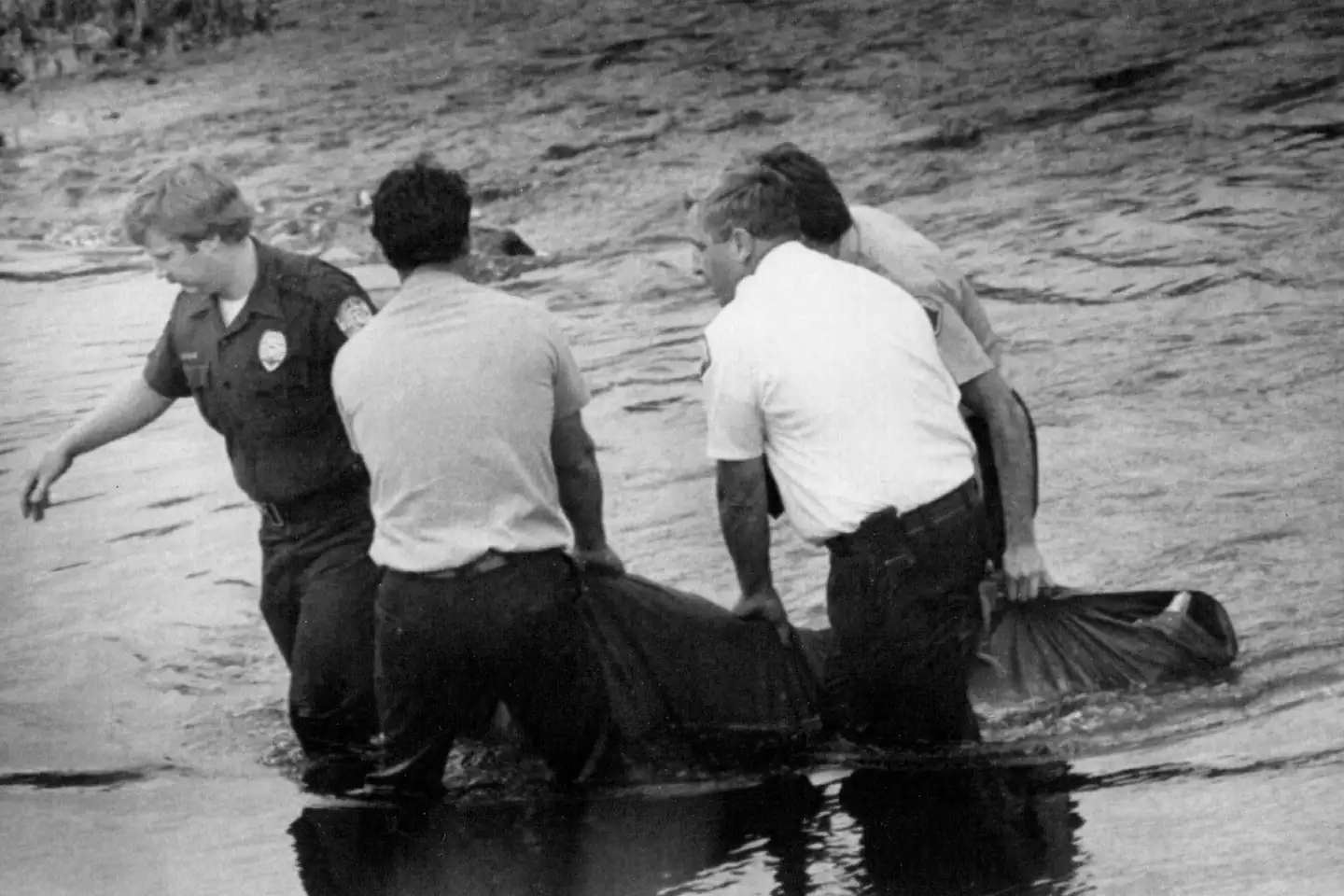
“Everytime you turned around, a body was being found,” Det. Reichert told A&E. “We weren’t making progress, we were just continually collecting humans, dead humans.”
The police had no leads, and the public was increasingly fearful. Eventually, it was suggested that this was the work of one offender based on the behavior of the killer.
Most of the bodies told investigators a similar story.
A victim, who was either a runaway or a sex worker, showed signs of sexual activity. Most victims were strangled, either with ligatures or with someone’s own physical strength. Their bodies were often found in clusters of “dump sites” within South King County. Sometimes it was near the Seattle-Tacoma International airport…
… other times it was along the Green River.
Some of the bodies also displayed evidence of necrophilia, and having been defiled after their untimely deaths.
The “dump sites” gave detectives evidence they didn’t know they’d collect — gum, cigarettes, and other written materials.
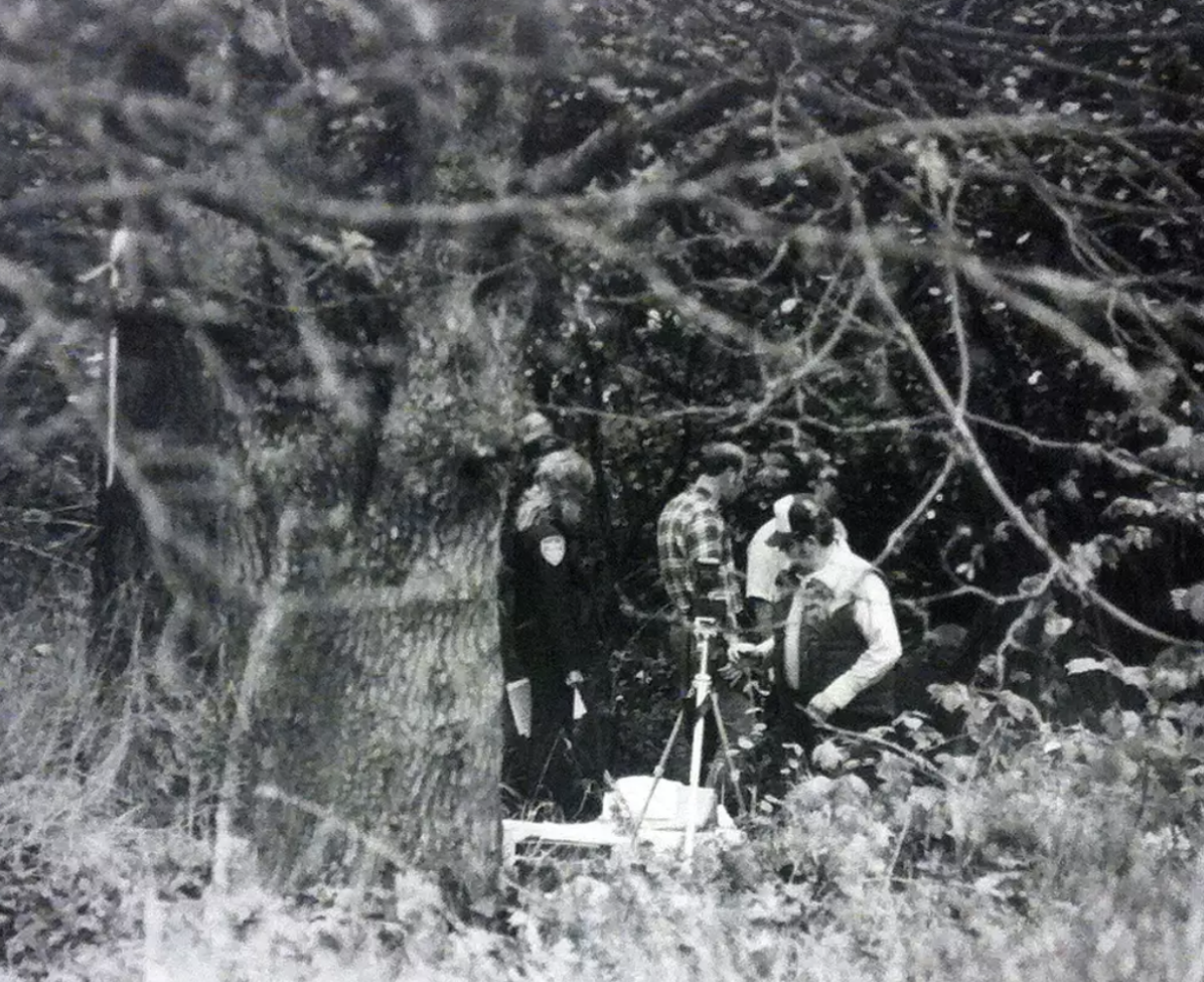
Even with this extraneous evidence, the detectives were losing hope in ever catching the offender. While a majority of the murders took place between 1982 and 1984, police officers would continue to walk up and down the strip, trying to identify which of the ordinary commuters, petty criminals and Johns could’ve been their monstrous offender.
A list of possible suspects was created at the height of the murders, but the much needed breakthrough still never came.
For every change of the detective guard, more information would get lost, but bodies continued to show up.
The experts knew something needed to change.
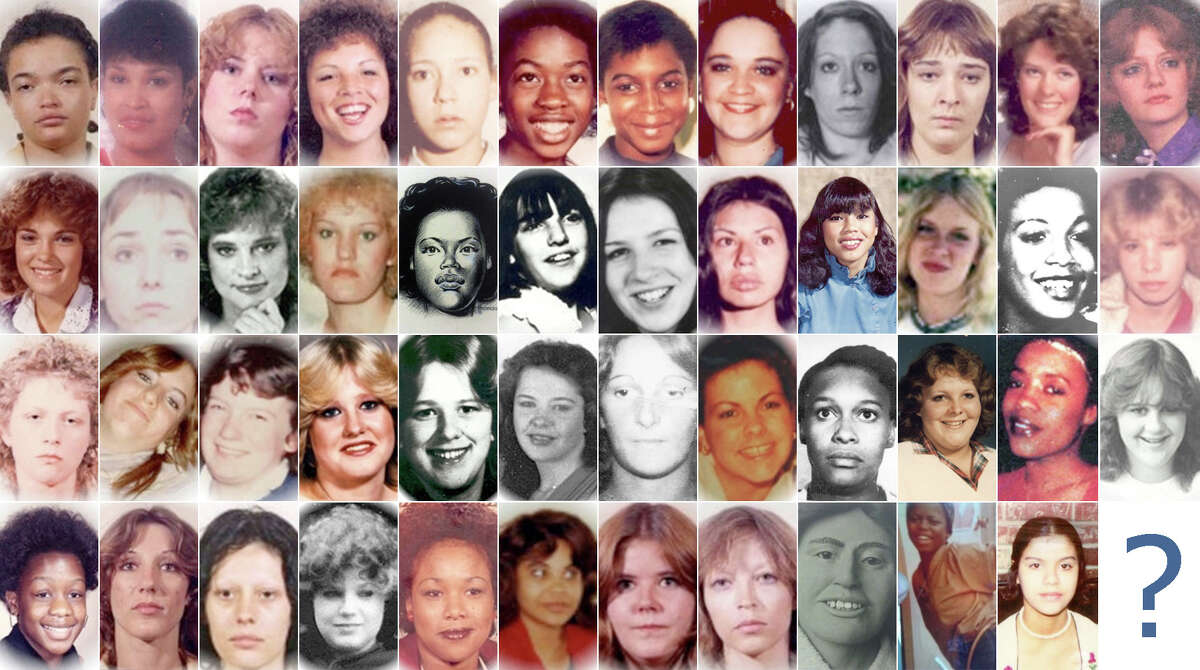
The Green River Task Force and Ted Bundy
The public was losing patience, and becoming increasingly fearful, so the King County Sheriff’s Office established the Green River Task Force in 1982 to look into the killings.
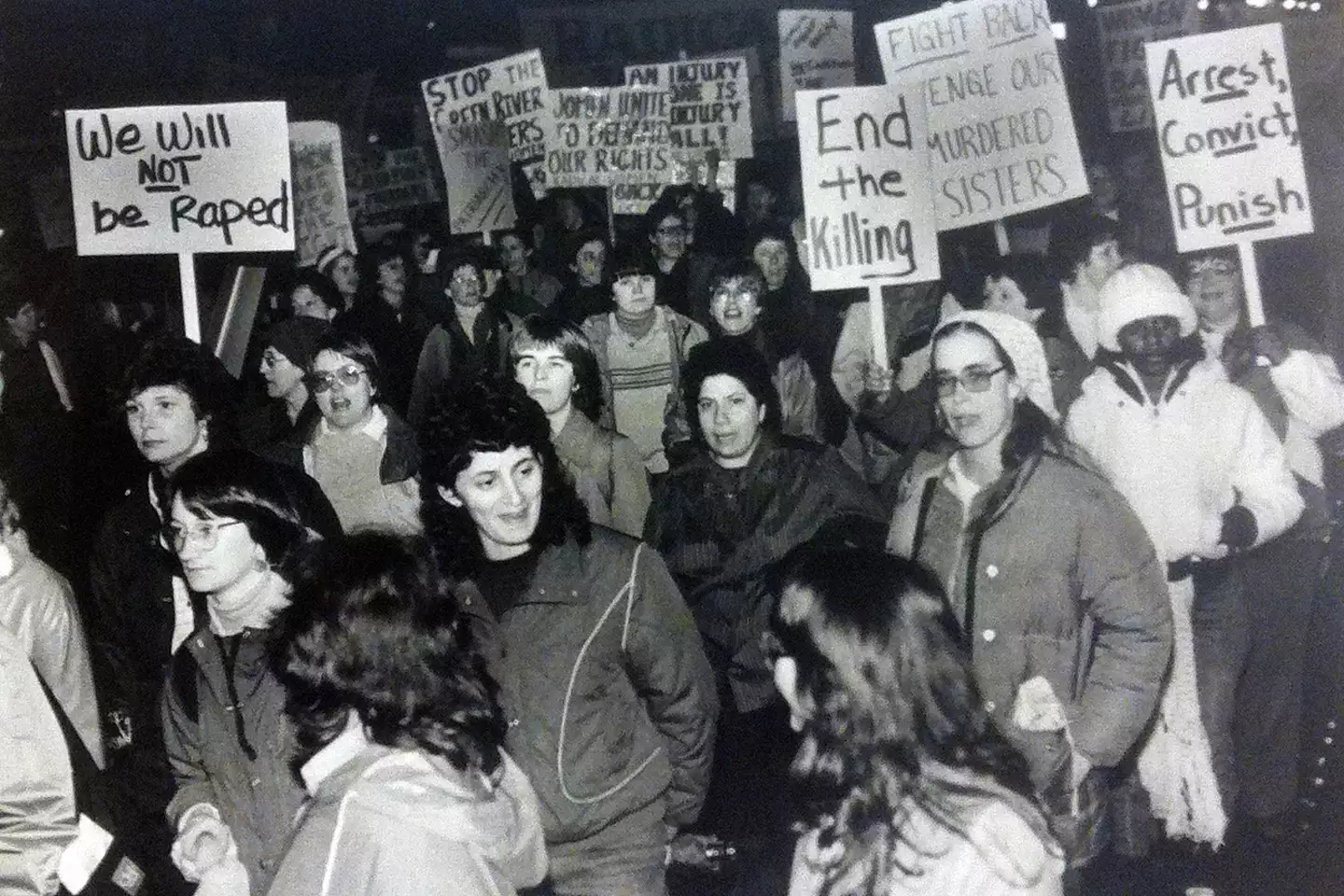
It was made up of a group of 25 experts and local law enforcement officers, mainly from King County but also from Kent and Pierce County. They would pour over what they knew to try and narrow down the suspect list.
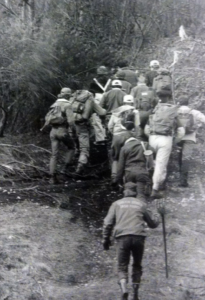
A Green River Task Force member and volunteers from the Explorer Search & Rescue team hike up a ravine towards their search area off South Star Lake Road south of Kent, near Federal Way. Photo filed March 19, 1985 (MOHAI, Seattle Post-Intelligencer Collection, 2000.107)
Suddenly, they got a breakthrough in October, 1984.
A jaw-dropping letter from a death row prison inmate from Florida, infamous serial killer Ted Bundy himself, was offering his assistance in tracking down the killer.
Det. Reichert and another task force member, Robert Keppel, were weary of this self-imposed invitation. Keppel was a detective who had hunted Bundy himself, and Det. Reichert was a seasoned investigator, prepared to be on guard and extra skeptical of Bundy’s thoughts on the case.
The investigators met with Bundy, and were shocked to realize how much effort Bundy had put into the case.
Bundy knew the names of the victims, and had even plotted where they were picked up, and where their bodies were being found. Much of his deductions behind bars were similar to what detectives were also surmising.
Bundy believed the killer weaponized his mild personality to lure the sex workers into a false sense of security. Bundy himself wore an arm cast or used crutches to make targets think he wasn’t a threat. He said this offender would be doing something similar.
It later transpired the Green River Killer did in fact try to present himself as someone who couldn’t be feared, by showing photos of his son to make the women think he was a harmless family man.
Bundy also recommended a new tactic.
“In my opinion,” Bundy said, “the best chance you have of catching this guy red-handed is to get a site with a fresh body and stake it out.’”
He said the Green River Killer would want to revisit the dump sites to have sex with the bodies and relive the crime.
When Det. Reichert asked Bundy if he thought the Green River Killer was done for good or was simply “cooling off,” Bundy laughed.
“[The killer didn’t stop] unless he was born again and filled with the Holy Spirit in a very real way,” Bundy said. “He’s either moved, he’s dead, or he’s doing something very different.”
While staking out crime scenes didn’t ultimately catch the Green River Killer, detectives knew the offender was a necrophile, so his suggestions and insights were sound.
Close Call, Not Enough Evidence
1986, two years after investigators spoke with Bundy, a survivor of an assault from the strip told police about the assailant who attacked and tried to strangle her.
Through the descriptions, the police were able to identify him as Gary Ridgway.
Det. Reichert recalled that Gary’s name came up in a couple of different spots, and so a tip sheet was generated and assigned to Lt. Matt Haney.
Lt. Haney followed that tip sheet line by line, and went to talk to every person and follow up on every lead. By the end of his dogged work, he was convinced that Ridgway was the Green River Killer, so much so that he’s able to get clearance for investigators to tail their prime suspect.
Sure enough, he was still out there on the strip — but that wasn’t enough for probable cause.
In 1987, the detectives executed search warrants to search Ridgway’s house, his locker at work, and his vehicles. They were stunned when they couldn’t find anything that would indicate he was the Green River Killer.
This starts a divide among the Green River Killer Task Force. By the time of the search, at least $10 million had been spent on the effort, including federal grant money. Without real leads, the number of officers began to dwindle exponentially.
Catching Gary Ridgway
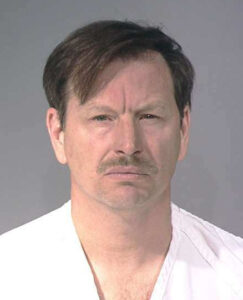
Gary Ridgway mugshot
On November 4, 1997, Det. Reichert is elected to be Sheriff of King County. His first order of business — get DNA testing on evidence from the Green River Killer victims.
Bodily fluids taken from Marcia Chapman, the victim Det. Reichert remembers as the woman who symbolically had her arm waving at him in the river almost as if to ask for help, ultimately had enough DNA on her to tie her murder back to Gary Ridgway.
The Washington State Crime Lab used DNA testing to definitively link Ridgway to three of the Green River murder victims.
Sheriff Reichert ordered new surveillance on him, vowing that this time, they’d catch him. Thankfully, they did.
On November 30, 2001, Ridgway, 52, was being surveilled when he picked up a sex worker on the strip. Officers intervened, and arrested him for the murders of Marcia Chapman, Opal Mills, Cynthia Hinds, and Carol Ann Christensen.
After being arrested, his defense team quickly approached the prosecutors and said that Ridgway would give details to 65 additional murders in exchange for his life. Everyone was in favor of making the deal.
Over the next few years, Ridgway provided details that only the true killer would know on 48 separate murders. Despite his confessions and overwhelming evidence, he remained a remorseless killer.
The Guilty Man Didn’t Come from Mars
On December 21, 2003, Sheriff Reichert decided that he needed to talk to Ridgway one more time before he would plead guilty in court.
From that conversation, he knew that as horrible as it is to say, what separates monsters like Ridgway from people like the rest of us is very little.
“He’s not from outer space,” Reichert says. “He didn’t come from Mars. He came from right here in our community, and that’s the scary part. Right here, in our neighborhood — this little boy grew up to become one of the most notorious killers, not only in this country but I think in this world.”
Ridgway’s guilty plea statement begins as follows:
I killed the 48 women listed in the state’s second amendment information. In most cases, when I murdered these women I did not know their names. Most of the time I killed them the first time I met them, and I did not have a good memory for their faces. I killed so many women I have a hard time keeping them straight. I picked prostitutes as my victims because I thought I could kill as many of them as I wanted without getting caught.
Though we may never fully comprehend his motives, his case is a reminder of the importance of vigilant law enforcement and the exploration of human nature’s deepest, darkest corners.
Ridgway still says there are approximately 30 more bodies still to be found. He is now in his early 70s, and the latest reports say he’s still being held in Washington State Penitentiary, believed to be in an isolated single cell in a restrictive housing unit.
Love this post? Meet the Author.
Andrea Cipriano is the Digital Content Specialist at Uncovered, where she writes for the twice-weekly true crime newsletter, The Citizen Detective. Andrea graduated with a Master of Arts in Forensic Psychology from John Jay College of Criminal Justice, where she focused on researching and peeling back the criminal mind. Andrea believes that it’s never too late for justice.
Uncovered has built a community for thoughtful true crime discussion, advocacy, and comprehensive cold case research. We are the hub for novice and experienced researchers alike, helping members further develop their citizen detective skills. Sound like something you’re interested in? Join our community. Together, we can make a difference.

